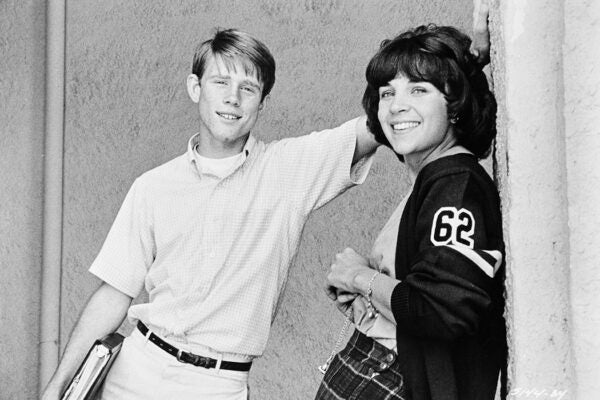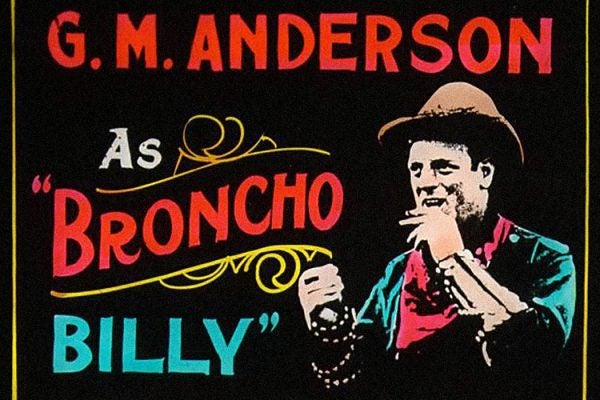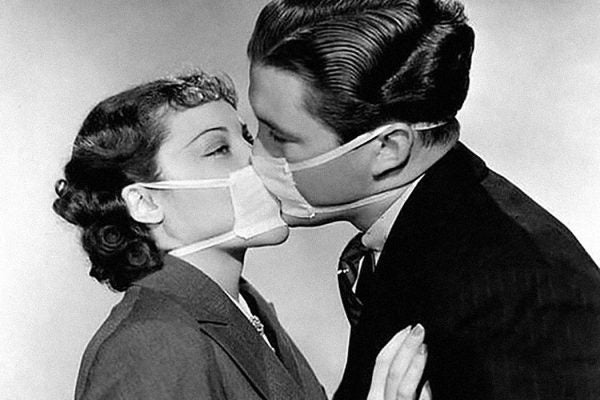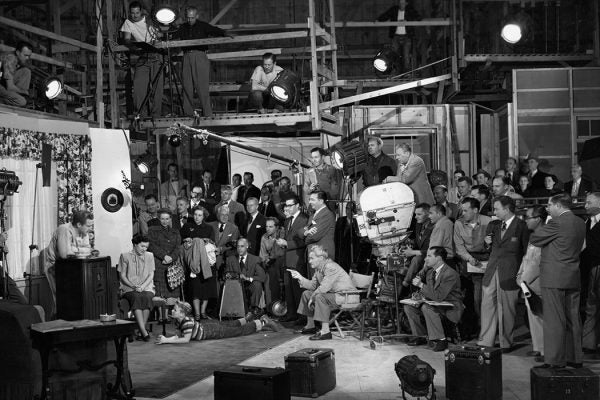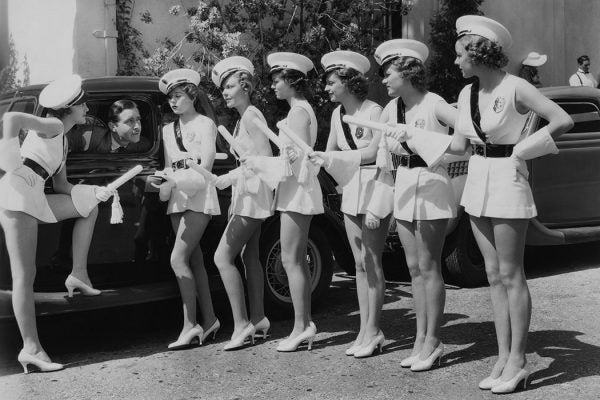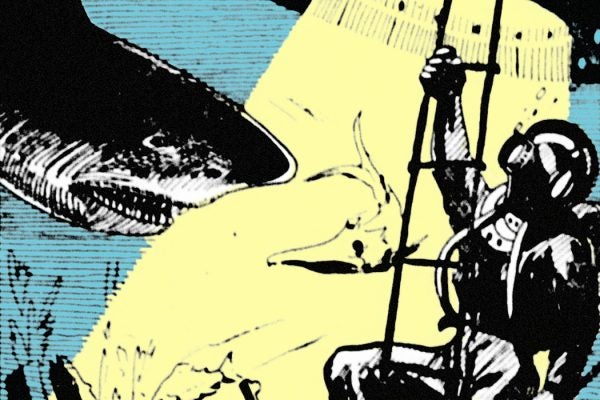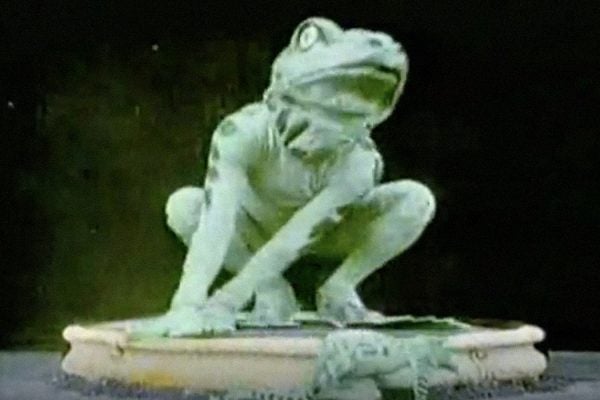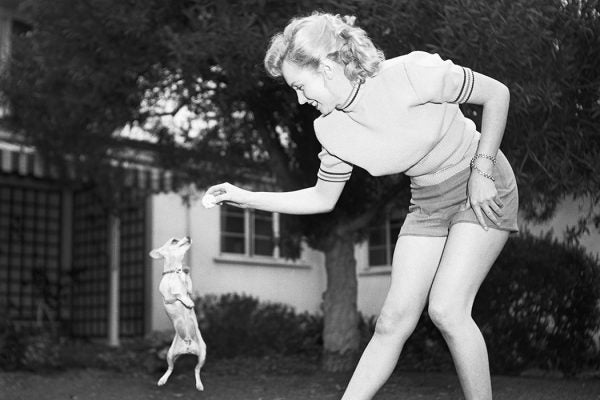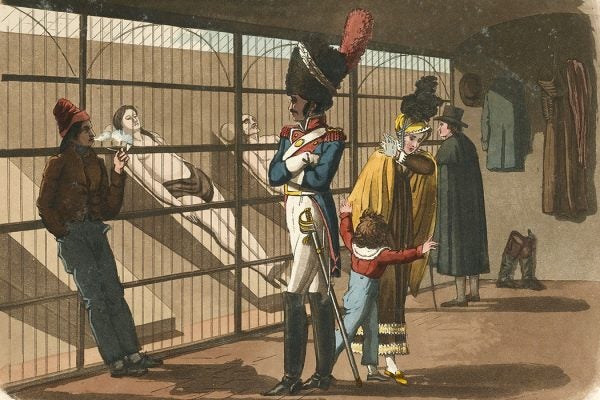The Sonic Triumph of American Graffiti
In 1973, George Lucas joined forces with sound designer Walter Murch to celebrate a bygone era. They ended up revolutionizing the role music plays in film.
Mae West and Camp
A camp diva, a queer icon, and a model of feminism—the memorable Mae West left behind a complicated legacy, on and off the stage.
Whatever Happened To The Male Movie Fan?
In the early days of the film industry, the fanzone was full of men and boys. Then the studios chased them all away.
The 1918 Flu Pandemic’s Impact on Movie Theaters
With WWI coming to end, 1918 should have been a good year for the movies. Then along came influenza.
How Show Business Went Union
Since the nineteenth century, the IATSE union has organized behind-the-scenes workers, first in theater, then in the movies.
The Rise of Hollywood’s “Extra Girls”
They didn't have to do anything besides stand around and look pretty. At least, that was the myth the studios wanted the public to believe.
The Shark-Fighting Brothers behind 20,000 Leagues under the Sea
In 1916, the Williamson brothers used their father's underwater photography device to film a fight with a shark, piquing Universal Pictures' interest.
The Bizarre Marvels of Segundo de Chomón, Father of Spanish Cinema
Segundo de Chomón made “trick films” that experimented with color and temporality, influencing the surrealist work of Luis Buñuel and Salvador Dalí.
How Hollywood Sold Glamour
The complicated notion of glamour in classic Hollywood, suggesting that stars were aloof and unknowable, was also a means to sell products.
The Paris Morgue Provided Ghoulish Entertainment
With its huge windows framing the corpses on display, the morgue bore an uncomfortable resemblance to a department store.
